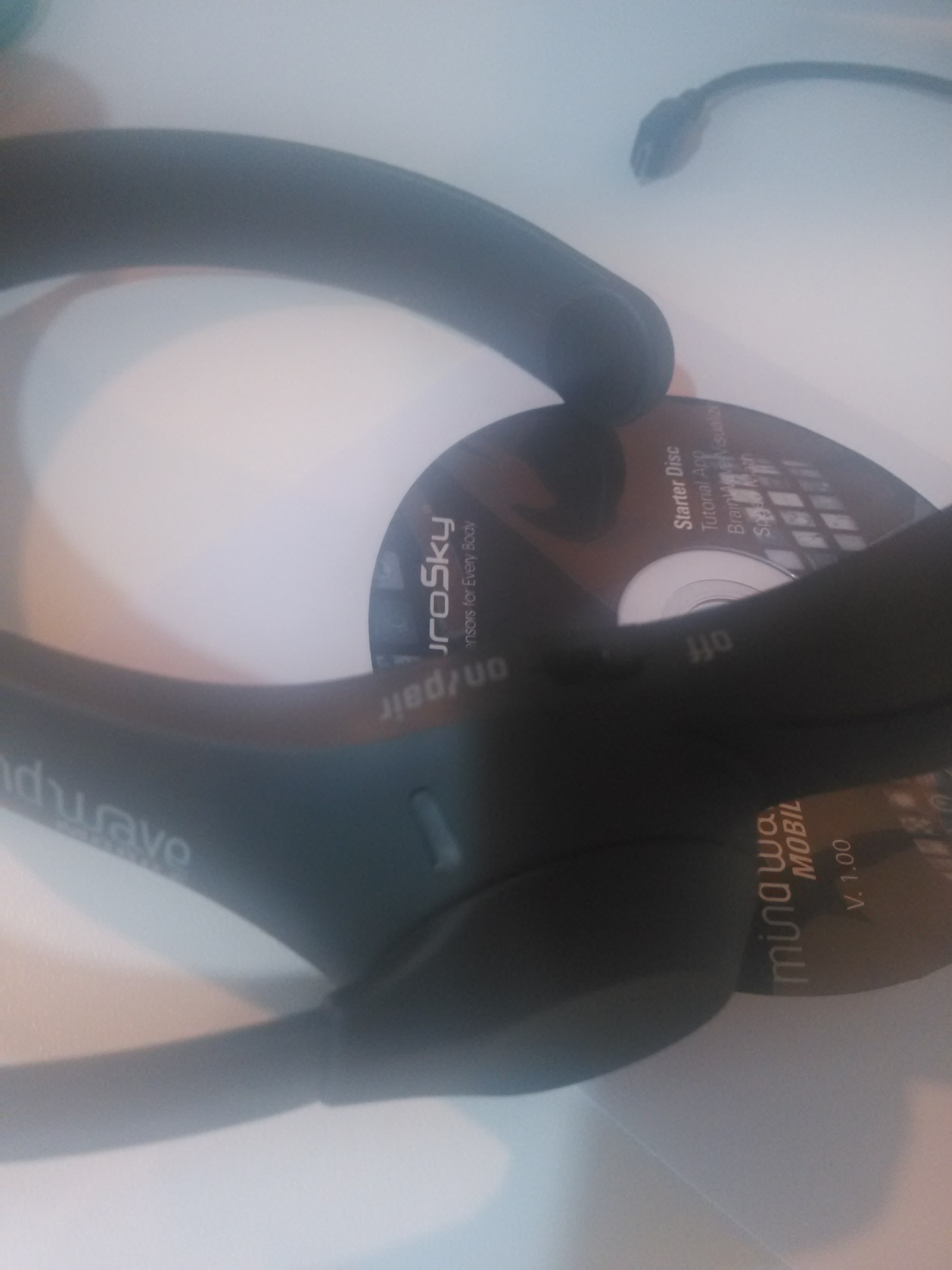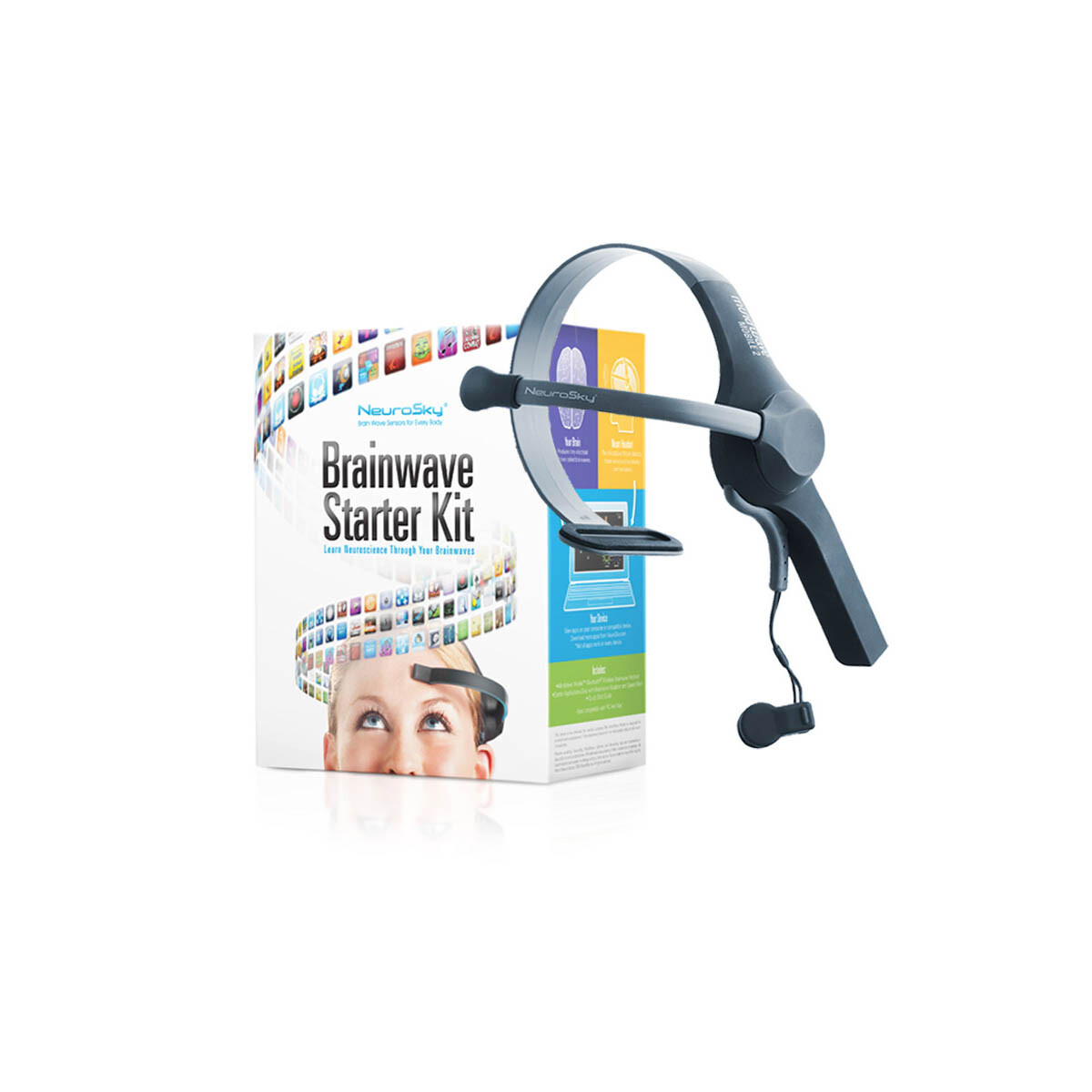Table of Contents

Ten apps are included with experiences ranging from fun entertainment to serious education. You may want to check out more software, such as ThinkGear Connector, Battle Ball or NeuroView, which might be related to NeuroSky MindWave. Important: Apple Mac OS X recently released an update to 10.13 (High Sierra).It appears the APFS changes may be causing the Brainwave Visualizer for Mac and Speed Math for Mac apps to no longer work, and they will crash on startup. These are two of the main apps of the Brainwave Starter Kit bundle (which is included in most MindWave Mobile bundles that we sell).
Please note that the MindWave is a white-colored headset. If you have a black MindWave Mobile headset, please click here to go to that product's support page instead.
On this page you will find downloads, manuals, and guides for your MindWave product.
Installer For Windows
Please note that the MindWave is a white-colored headset. If you have a black MindWave Mobile headset, please click here to go to that product's support page instead.
Please ensure that all antivirus and firewall programs are disabled during installation. To install all drivers, applications, and documentation for your MindWave, please download and install this bundle: MindWave Bundle for Windows (v1.1.28).
(Note: In a few rare cases, after installation, some users have reported the applications sometimes having trouble connecting to their MindWave headset. Please see this article for the easy solution: http://support.neurosky.com/kb/mindwave/thinkgear-connector-is-disconnecting-often)
Installer For Mac
Please note that the MindWave is a white-colored headset. If you have a black MindWave Mobile headset, please click here to go to that product's support page instead.
Please ensure that you are running OS X 10.7.5 or later with an Intel processor, and that you have Administrator Privileges for your Mac (Don't worry, most Mac users have Administrator Privileges by default. If you do not, please contact your System Administrator before continuing). Please also ensure that all antivirus and firewall programs are disabled during installation.
To install all drivers, applications, and documentation for your MindWave, you may download and install the MindWave Mac Bundle. If you have an old version of the MindWave software installed, it may be necessary to restart your computer after installation.
(Note: After inserting the MindWave's Wireless USB Adapter into your computer, you may see a notification that a new Network Device has been identified. Please simply click “Cancel” to ignore this message, and disregard any other notifications about new Network Devices.If you have any further issues for MindWave, please click here to go to that product's support page.)
Instruction Manuals
English:English PDF
Simplified Chinese:Simp Chinese PDF
Traditional Chinese:Trad Chinese PDF
Questions?
If you have any questions, please visit our support page. There, you may browse answers to many common questions, or contact us directly with your question.
Table of Contents

This guide will teach you how to use NeuroSky's ThinkGear SDK for Mac to write Mac applications that can utilize bio-signal data from NeuroSky's ThinkGear bio-sensors. This will enable your Mac apps to receive and use bio-signal data such as EEG acquired from NeuroSky's sensor hardware. The ThinkGear SDK is compatible with both the 32 and 64 bit versions of OS X.
Neurosky App For Macbook Pro
This guide (and the entire ThinkGear SDK for Mac) is intended for programmers who are already familiar with standard Mac development using Xcode and Apple's Mac SDK. If you are not already familiar with developing for Mac, please first visit Apple's web site for instruction and tools to develop Mac apps.
If you are already familiar with creating typical Mac apps, then the next step is to make sure you have downloaded NeuroSky's ThinkGear SDK for Mac included with the Developer Tools for PC/Mac. Chances are, if you're reading this document, then you already have it.
Future revisions of the Mac OSX ThinkGear SDK will be updated to update the beta Mental Effort and Familiarity measurements.
ThinkGear SDK for Mac Contents
- ThinkGear SDK for Mac: Development Guide (this document mac_development_guide.pdf)
- ThinkGearTouch example project for Mac
You'll find the “ThinkGear.framework” in the lib/ folder, and the “HelloEEG” in the Sample Project/ folder within the ThinkGear SDK for Mac folder.
Supported ThinkGear Hardware
The ThinkGear SDK for Mac must be used with a ThinkGear-compatible hardware sensor device. The following ThinkGear-compatible hardware devices are currently supported:
- MindWave Mobile for use with an Mac device's built in Bluetooth
Before using any Mac application that uses the ThinkGear SDK for Mac OSX, make sure you have paired the ThinkGear sensor hardware to your Mac by carefully following the instructions in the User Manual that came with the corresponding ThinkGear hardware device.
HelloEEG is a sample project we've included in the ThinkGear SDK for Mac that demonstrates how to setup, connect, and handle data to a ThinkGear device. Add the project to your Xcode enviornment by following these steps:
- Browse in the TG-SDK to select the Sample Projects/HelloEEG directory
- select Product → Run to compile, link and start HelloEEG in the Xcode emulator.
Note: If HelloEEG does not compile and you see the following error, try deleting and re-adding ThinkGear.framework under Frameworks and Libraries from the menu shown below.
- Click ThinkGear.framework and then click the - button.
- Find and add ThinkGear.framework in TG-SDK –> TG-SDK For Mac –> lib –> ThinkGear.framework
If HelloEEG is run without connecting the ThinkGear-enabled headset, the application should look like this:
Once the headset is connected, run the application once again. The application should now look like this:
If the Poor Signal data reads 0, Meditation and Attention data should be fluctuating every second. If Poor Signal reads something other than 0, re-adjust the headset accordingly until Poor Signal data goes down to 0.
At this point, you should be able to browse the code, make modifications, compile, and deploy the app to your device or emulator just like any typical OS X application.
For most applications, using the ThinkGear Mac API is recommended. It reduces the complexity of managing ThinkGear accessory connections and handles parsing of the data stream from these ThinkGear accessories. To make an application, all you need to do is to import a library, and assign a delegate object to which accessory event notifications will be dispatched.
Some limitations of the ThinkGear for Mac API include:
- Can only communicate with one attached ThinkGear-enabled accessory
Neurosky App For Mac Windows 10
Configuring Your Environment
Add ThinkGear.framework to your project.
- Select your target
- Expand Link Binary With Libraries
- Click on
+and selectThinkGear.frameworkand click Add
Your project window should now look similar to this:
App Sandbox
Creating ThinkGear Object
A ThinkGear object is used to manage a single connection to a single ThinkGear hardware device.
- Declare a ThinkGearObjc object in the header(.h) file
- Initialize the thinkGear in your implementation(.m) file
Connecting to ThinkGear Hardware Device
Simple add the following code to your implementation(.m) file:
Handling Data Receipt
To receive the message from ThinkGear SDK, the dataRecieved: method must be implemented. In the header (.h) file, add the following method definition:
And in the implementation (.m) file, implement the method.
Poor Signal
This integer value provides an indication of how good or how poor the bio-signal is at the sensor. This value is typically output by all ThinkGear hardware devices once per second.
This is an extremely important value for any app using ThinkGear sensor hardware to always read, understand, and handle. The value is stored in the key of “poorSignal”.
Raw Data
This data type supplies the raw sample values acquired at the bio-sensor. The sampling rate (and therefore output rate), possible range of values, and interpretations of those values (conversion from raw units to volt) for this data type are dependent on the hardware characteristics of the ThinkGear hardware device performing the sampling. You must refer to the documented development specs of each type of ThinkGear hardware that your app will support for details.
As an example, the majority of ThinkGear devices sample at 512Hz, with a possible value range of -32768 to 32767.
As another example, to convert TGAT-based EEG sensor values (such as TGAT, TGAM, MindWave, MindWave Mobile) to voltage values, use the following conversion:
Attention
This int value reports the current eSense™ Attention meter of the user, which indicates the intensity of a user's level of mental “focus”or “attention”, such as that which occurs during intense concentration anddirected (but stable) mental activity. Its value ranges from 0 to 100.Distractions, wandering thoughts, lack of focus, or anxiety may lower theAttention meter levels. See eSense Meters below for details aboutinterpreting eSense levels in general.
The value is stored in the key of “eSenseAttention”. It is typically outputonce a second.
Meditation
This unsigned one-byte value reports the current eSense™ Meditation meter ofthe user, which indicates the level of a user's mental “calmness” or“relaxation”. Its value ranges from 0 to 100. Note that Meditation is ameasure of a person's mental levels, not physical levels, so simplyrelaxing all the muscles of the body may not immediately result in aheightened Meditation level. However, for most people in most normalcircumstances, relaxing the body often helps the mind to relax as well.Meditation is related to reduced activity by the active mental processes inthe brain, and it has long been an observed effect that closing one's eyesturns off the mental activities which process images from the eyes, soclosing the eyes is often an effective method for increasing the Meditationmeter level. Distractions, wandering thoughts, anxiety, agitation, andsensory stimuli may lower the Meditation meter levels. See eSense Metersbelow for details about interpreting eSense™ levels in general.
The value is stored in the key of “eSenseMeditaion”. It is typically outputonce a second.
eSense Meters
For all the different types of eSense™ (i.e. Attention, Meditation), themeter value is reported on a relative eSense™ scale of 1 to 100. On thisscale, a value between 40 to 60 at any given moment in time is considered“neutral”, and is similar in notion to “baselines” that are established inconventional EEG measurement techniques (though the method for determining aThinkGear baseline is proprietary and may differ from conventional EEG). Avalue from 60 to 80 is considered “slightly elevated”, and may be interpretedas levels being possibly higher than normal (levels of Attention or Meditationthat may be higher than normal for a given person). Values from 80 to 100 areconsidered “elevated”, meaning they are strongly indicative of heightenedlevels of that eSense™.
Similarly, on the other end of the scale, a value between 20 to 40 indicates“reduced” levels of the eSense™, while a value between 1 to 20 indicates“strongly lowered” levels of the eSense™. These levels may indicate statesof distraction, agitation, or abnormality, according to the opposite ofeach eSense™.
BLINK
This int value reports the intensity of the user's most recent eye blink. Its value ranges from 1 to 255 and it is reported whenever an eye blink is detected. The value indicates the relative intensity of the blink, and has no units.
The Detection of Blinks must be enabled.